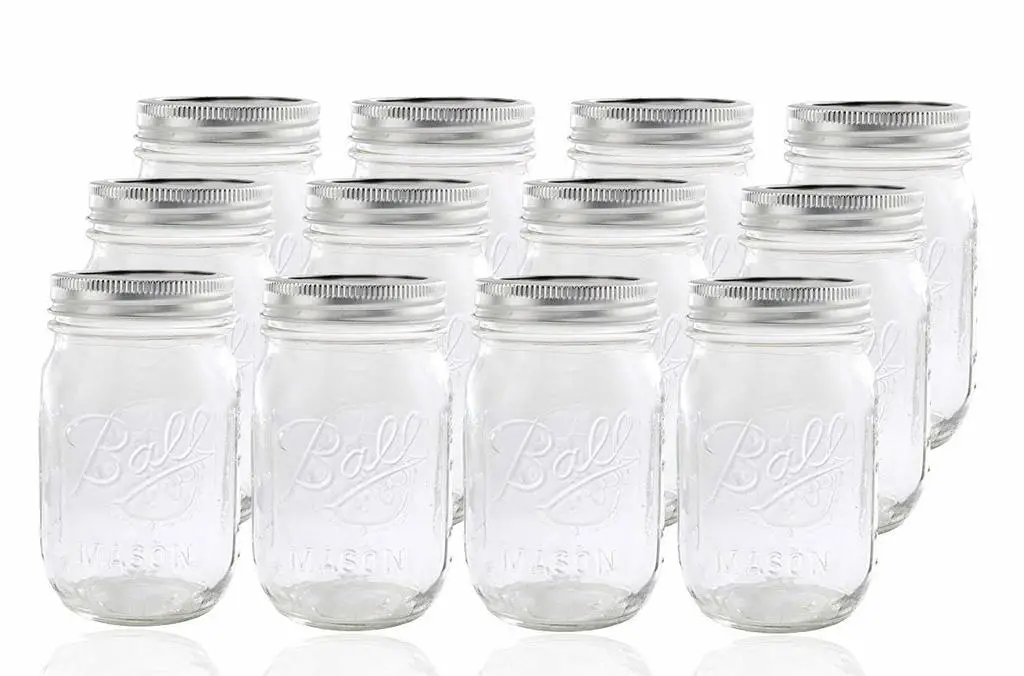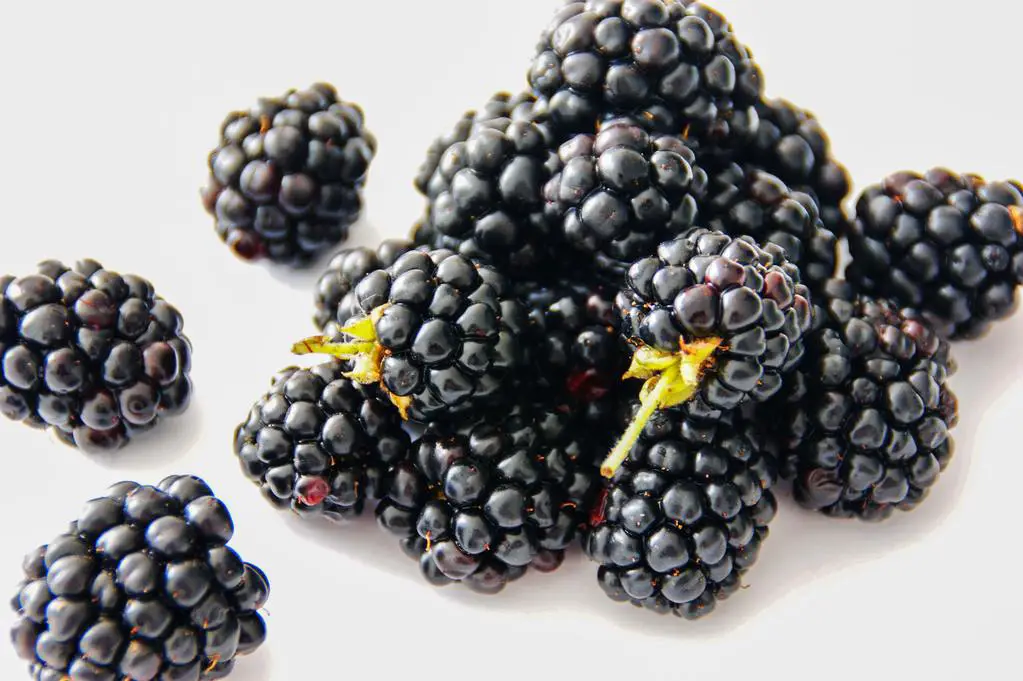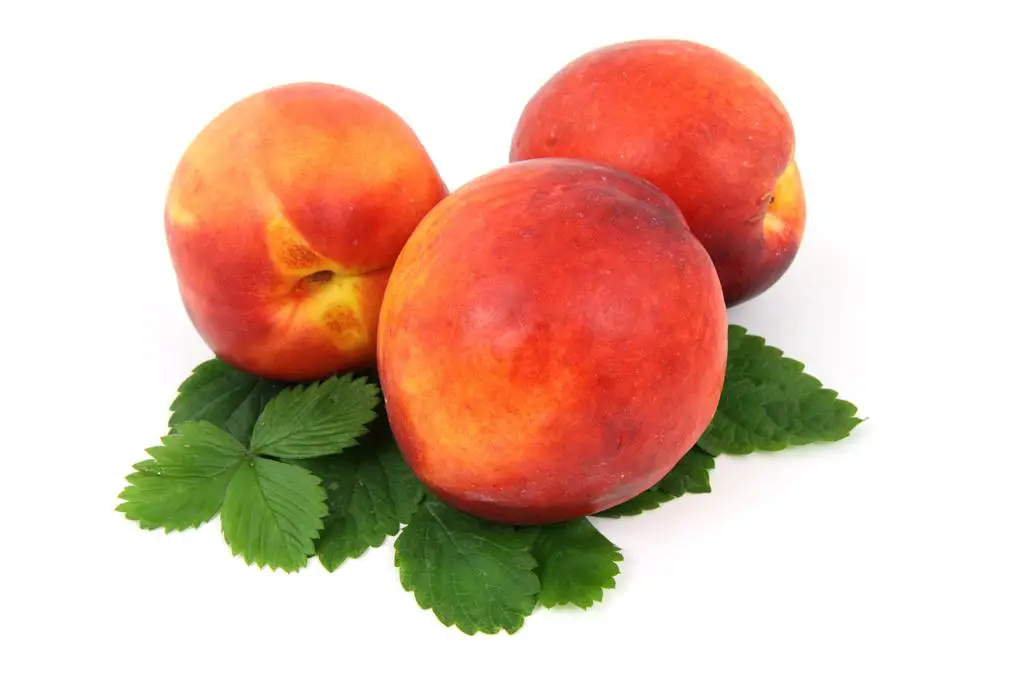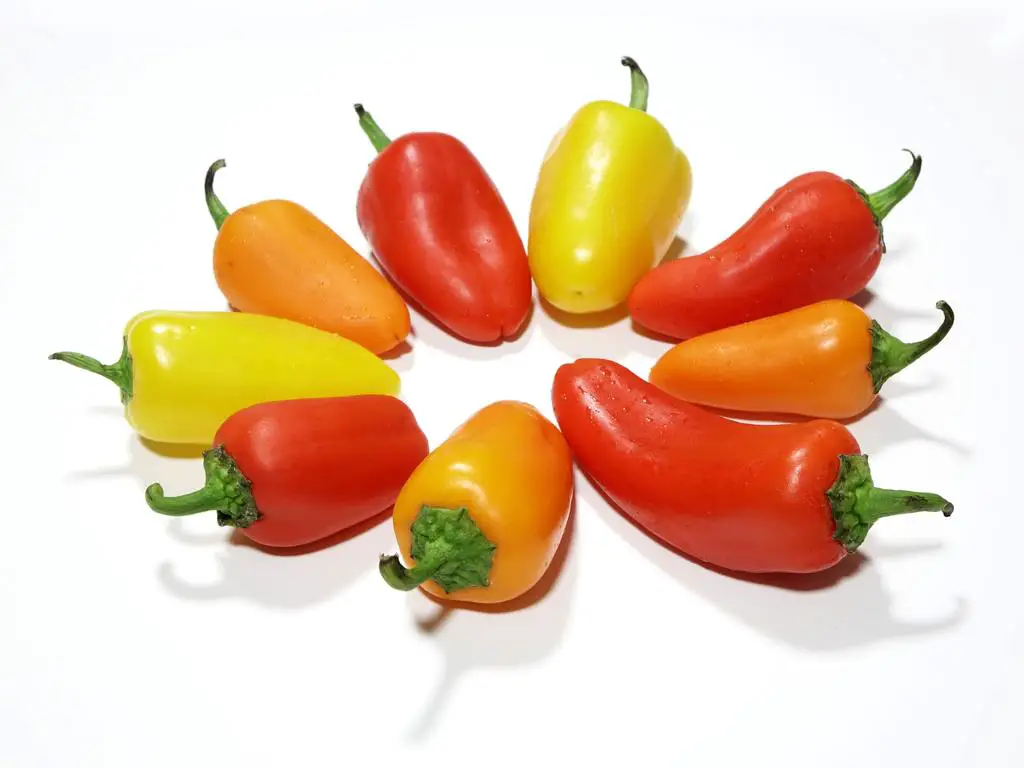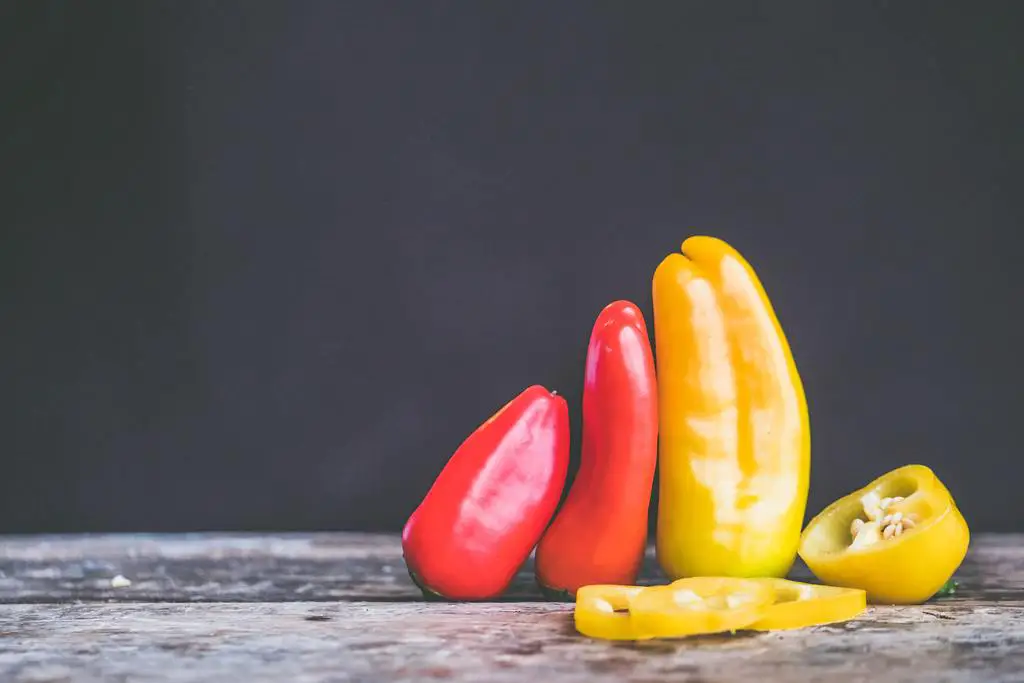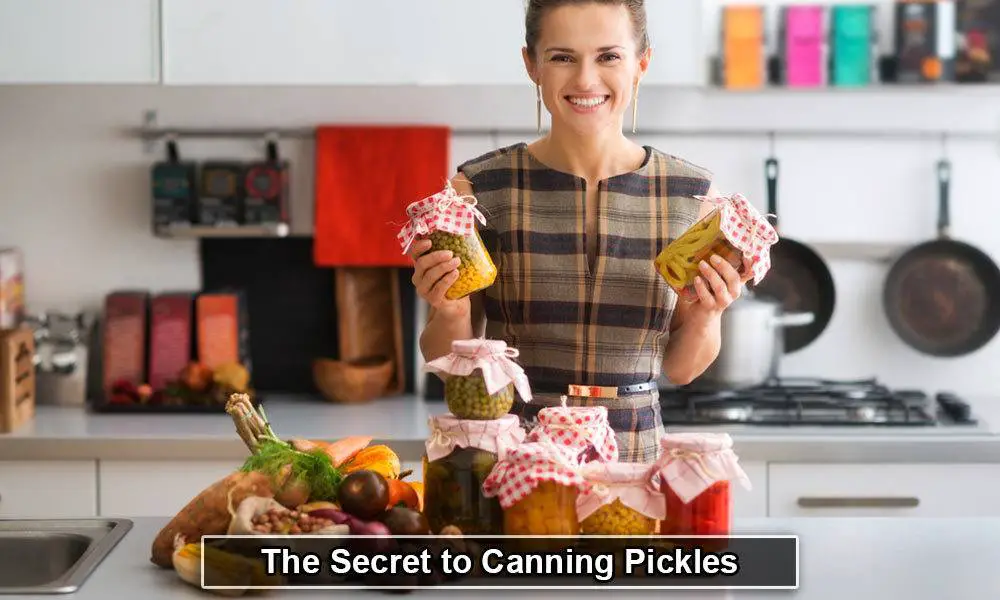
Dill pickles, sweet pickles, bread and butter pickles – you name it, there’s a pickle for it. One of the best ingredients on almost any sandwich is the pickle. A pickle gives you an unexpected crunch that lights up the textures and flavors inside your mouth in each bite. So what is the secret to canning pickles?
If you’re tired of buying bread and butter pickles from the store, you may be looking into canning pickles on your own. You’ve come to the right article!
We’re going to break down the process of canning pickles as well as give you the best bread and butter pickle recipe we’ve ever tasted. We can promise you that having a pantry stocked full of these canned pickles will provide you with crunch for months (even years).
Let’s get started!
First Secret to Canning Pickles: Ingredients
Canning pickles is a process, just like any of the other canning efforts you may be interested in.
Before you start preparing to can your pickles, we have to gather the ingredients first. Here are the parts you’ll need to give your pickles the best flavor (on a sandwich or by themselves):
**Be prepared to take quite some time in the kitchen with these pickles. The prep time alone can take anywhere from 4 to 5 hours, and the cooking time averages about 15 minutes.**
Dry Ingredients
- ¼ cup pickling salt (Kosher salt will work, but avoid using regular table salt as it has too many additives that can ruin your perfect pickles)
- 2 ¼ cups of sugar
- TBsp of mustard seeds
- Tsp of crushed red pepper flakes
- ¾ tsp of celery seeds
- 1 inch of a cinnamon stick
- 6 whole cloves + a pinch of ground up cloves
- ½ tsp of turmeric
Wet Ingredients
- 2 ½ lbs of pickling cucumbers (word to the wise: get the freshest pickling cucumbers you possibly can because they will give you the crispiest and crunchiest pickles of all)
- A pound of white or yellow onions (slice them up really thin)
- 1 ¼ cup of white distilled vinegar (look for one that has 5% acidity)
- A cup of apple cider vinegar (again, look for one that has 5% acidity)
- 6 allspice berries with a pinch of ground-up allspice
There are quite a few canning pickle recipes you can find floating around out there in internet land. The canning process itself is the same no matter what method you choose. The difference will lie solely in the ingredients you use to make the type of pickle you want.
Canning pickles is quite easy and doesn’t require a whole of prep time.
While the secret to a good, crunchy canned pickle is in the canning process (you’ll read this later), you can apply this to any pickle you want to have a crispy crunch.
Homemade Canning Pot or Brand Name Canner
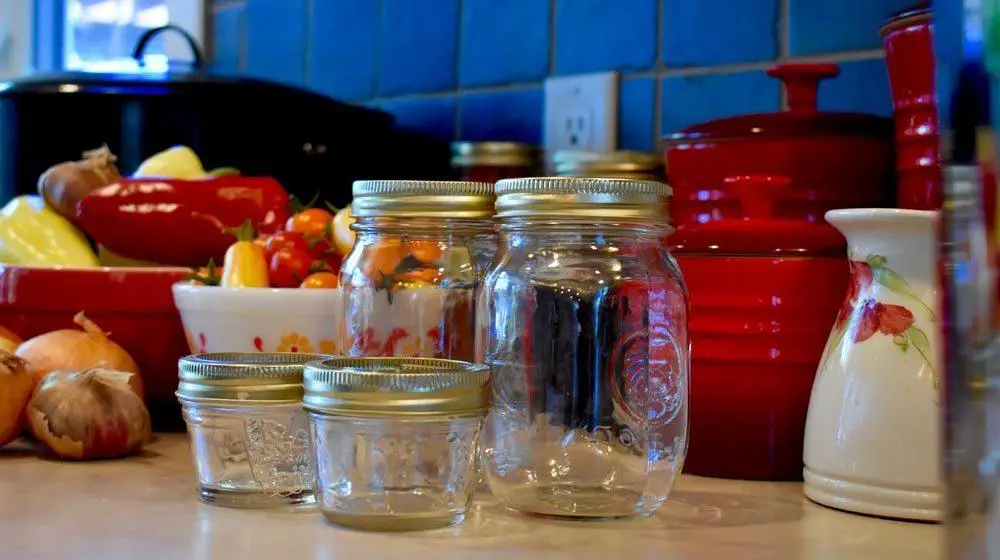
While the steps below outline how to go about canning pickles without a brand name pressure canner, there are other options to explore instead of using a stockpot as indicated below.
There are some pros and cons to using a pressure canner made by brand name companies. If you want to check out more about whether a pressure canner is right for you, click here to get the details.
Most of the time, you can use a homemade canner with a large stockpot rather than purchasing a pressure canner. The only real benefit to using a pressure canner is the reduced time it takes for the process to occur.
If you have time, enjoy the “old fashioned” way of canning. If you’d rather spend your time doing something other than standing over a stockpot with canning jars inside, pressure canners might be your best move.
Equipment You’ll Need
During the canning process, you’ll need different equipment and tools. Some of the tools you’ll need will vary depending on where you’re planning on storing your canned pickles.
Pantry
After canning pickles, you may want to store them in the refrigerator. If that is the case, here’s what you’ll need:
- 5 pint-sized canning jars
- Unused lids for jars
- Metal screw bands for the lids
- 1 stockpot with a rack (16 qt is preferable)
- Jar lifter or a set of tongs
Refrigerator
Storing your canned pickles doesn’t have to involve a fridge. In fact, using the right equipment and canning process, you can save your bread and butter pickles in the pantry for days, weeks, months, and even years! Here’s what you’ll need:
- 5 pint-sized canning jars
- Unused lids for jars
- Metal screw bands for the lids
Canning Processing Times
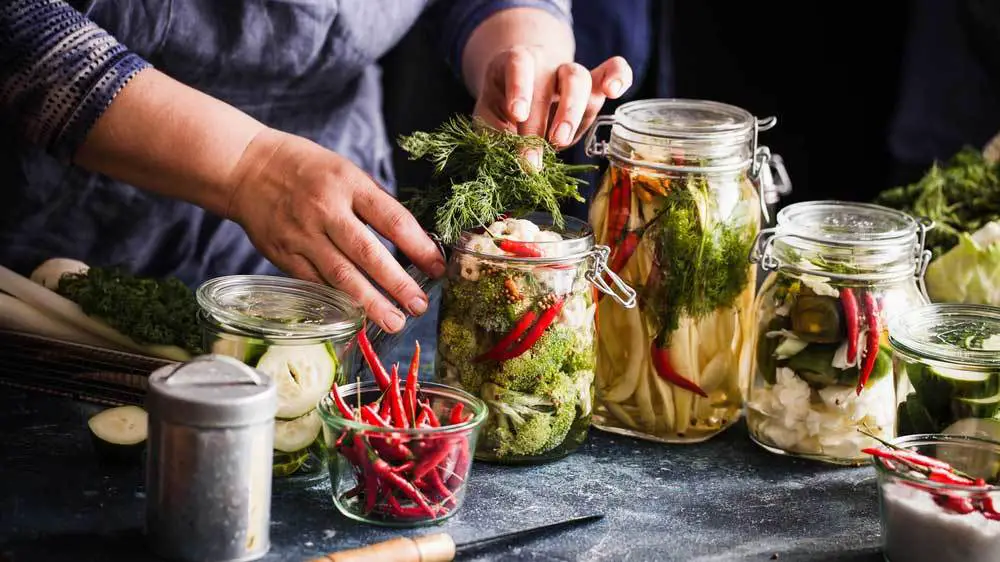
Different sizes of canning jars will affect your canning processing times.
This recipe is specific to the time you’ll need to allow the process to occur, but if you have different size canning jars than indicated above, you will still use the same canning processing time. The size does not dictate the amount of time needed for the contents of the jar to be processed.
If you don’t have the canning jar size you need, you can use whatever you have on hand. This will still process correctly and give you bread and butter pickles you’ll look forward to on any sandwich.
Let’s Start Canning Pickles!
Now that you’ve gathered up all of the important ingredients and equipment you’ll need let’s get down to business.
The preparation portion of canning pickles is the longest part. It involves very detailed steps that require attention to specifics to ensure the canning process is successful.
Step 1 – Get Your Cucumbers Ready
Pickles are made from cucumbers that have gone through the pickling process.
Take your fresh pickling cucumbers and rinse away any dirt that may be on them. Cut the cucumber up into 1/4 – inch slices and throw away the ends of the cucumber. Set these slices aside in a separate bowl and wait for further use.
The Guarded Secret to Canning Pickles: Ice
This is the step that is most surprising to some people, and that takes the longest.
Take your sliced up cucumbers and onions and combine them with your salt. Completely cover the cucumber slices and onions with ice. Place a tea towel (the thin towels that you typically use for decoration rather than practicality) on top of the ice bath. Let that stand for 4 hours.
When the timer goes off, throw out the ice and rinse off your cucumbers. Drain them thoroughly.
The secret to using ice with your cucumbers before putting them in the canning jar is that it makes your bread and butter pickles super crispy and crunchy! And isn’t that what we’re all looking for in a pickle anyway?
Sterilize Sterilize Sterilize
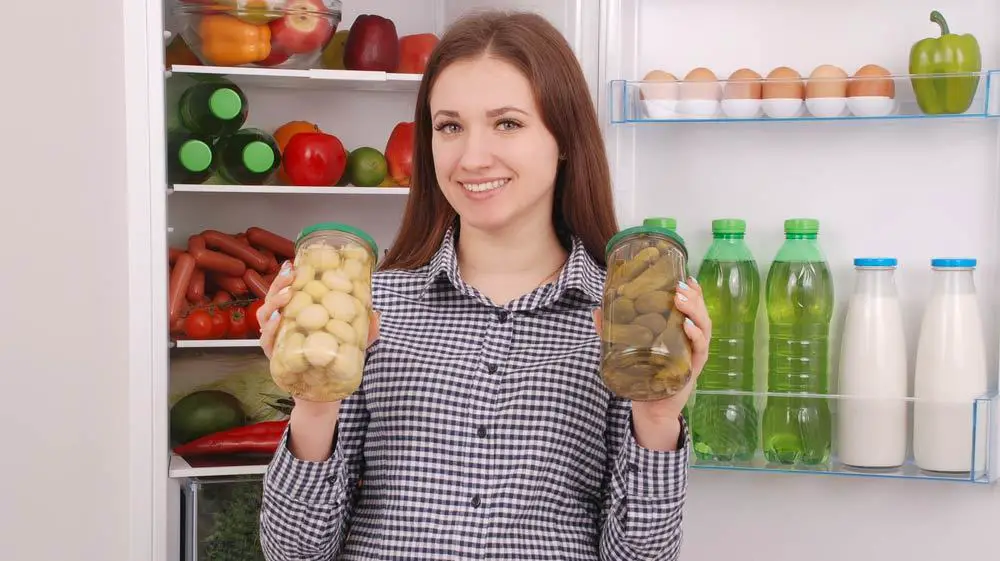
While your cucumbers and onions are getting chilled, you can start the sterilizing process. This is only needed if you are canning pickles to be put on a shelf in your pantry.
Skip this step entirely if you are going to keep your pickles in the refrigerator (but they might not last quite as long as canned pickles on a pantry shelf).
Whichever canning jars you use must be sterilized first before use. The way to do this is by running the jars, lids, and bands through a hot cycle in the dishwasher.
Sterilize with Boiling
If you don’t have a dishwasher, you can place the empty jars, lids, and bands in an oven-safe dish and heat them for 10 minutes at 200 degrees Fahrenheit.
Lids and bands can be sterilized in boiling water for a few minutes. Remove them from the boiling water with tongs or magnetic lid-lifters.
You can also heat a large 16-qt pot (stockpot or canning pot) with boiling water and place the jars inside. It is important to keep the jars on a rack inside the stockpot to avoid any bumping of the jars, which can increase breakage possibilities.
Combine Sugar, Spices, and Vinegar
Bring your vinegar, sugar, and pickling spices all together in one 4 qt or 6 qt pot. Bring that combination to a boil.
Once it hits boiling and the sugar has completely dissolved, throw in your sliced cucumbers and onions from your previous ice bath. Bring that combination back up to a boil.
When you notice the mixture begin to boil, start taking your cucumbers from the pot and packing your canning jars.
Pour Your Syrup
You’re not going to use something like maple syrup on your canning pickles. Instead, you will be using your homemade pickling syrup.
Take all of your cucumbers and pickling syrup (vinegar, sugar, and spices that you brought to a boil) and pack each hot canning jar. Make sure to leave at least an inch at the top of the jar (this is called headspace). This allows for air to get trapped and help the canning process move along faster.
Clean Up Time
Make sure that you clean up any messes that may have spilled onto your canning jar during the packing process. Place a lid and band on the canning jar and get ready to watch the magic.
Give it time to process!
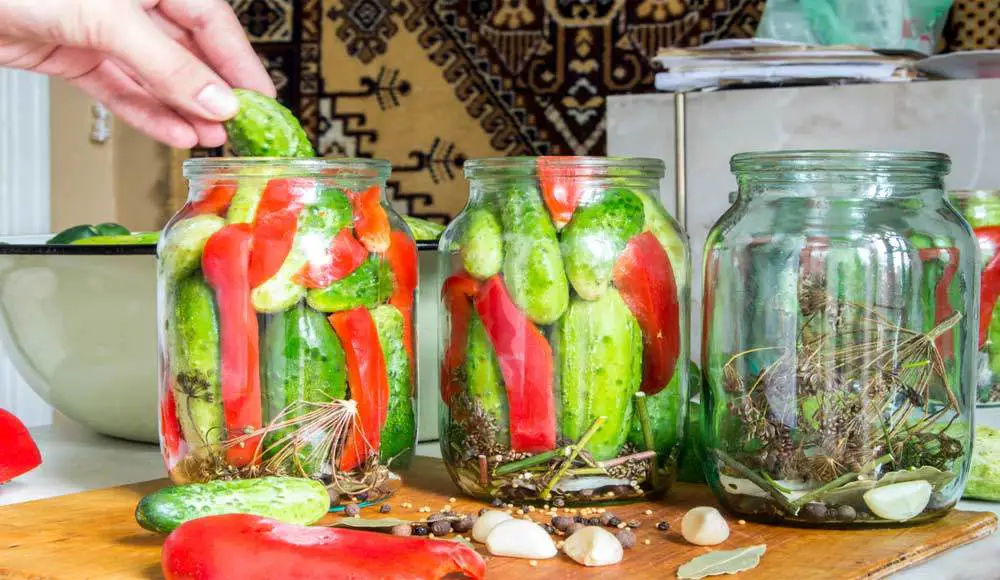
Canning pickles requires serious attention to detail and patience. During the canning process, you’ll need at least 15 minutes for the packed jars to rest in a hot water bath. This is what will create the vacuum seal inside the jar to allow the pickles to be preserved for as long as you need them to be.
The canning pot should cover at least one inch about canning jars themselves to allow the entire jar to experience the process.
Get the water in the canning pot to a hard boil and let them sit for 15 minutes. Depending on where you live, you may have to adjust the timing to address altitude issues.
Take the jars out of the stockpot with your jar lifter. Do not attempt to lift these canned pickled jars out with your hand.
Let it cool
After the 15 minutes of processing, you will let the jars sit. Once you hear the popping sound of the jar lid, you’ll know the lids have achieved a vacuum seal.
If you do not hear the popping or can lift the lid off of the jar with your finger after the processing time, your jars did not seal properly. You will need to repeat the process, or you cannot store the jars outside of the refrigerator.
Find What’s Right for You
Canning pickles (or canning anything really) is a process that takes time to perfect. While the first time canning may be difficult or a bit rocky, each time after that will get easier and easier.
To make your canning experiences a little easier, it helps to know the ins and outs of canning. Jars, techniques, and canning terms are necessities to the canning business. Without knowledge of these basic elements of canning, you may find canning pickles more of a hassle than it’s worth.
Check out more about canning jars, techniques and so much here to get a head start on the canning process.
The Best Place to Buy Your Cucumbers
Canning pickles a great idea and great hobby for you and your family if you’re up for a small challenge (at first).
The best way to get the crispiest and crunchiest pickles is to find a local farmer’s market and load up on fresh cucumbers. When you purchase locally, you’re not only supporting your local farmers; you’re also ensuring that you know where your food comes from!
Store-bought cucumbers are perfectly fine and will work in a pinch. But, going through all the “trouble” of canning pickles on your own might not be worth it if you don’t have the freshest and most tasty cucumbers to make pickles with. Support local farmers and ensure you know what’s feeding your family.
Now that you’re ready to start canning pickles, you can share your tips and tricks with other canning enthusiasts.
And remember, each time you’ll get better and better canning pickles! Be patient and enjoy your delicious hard work.
